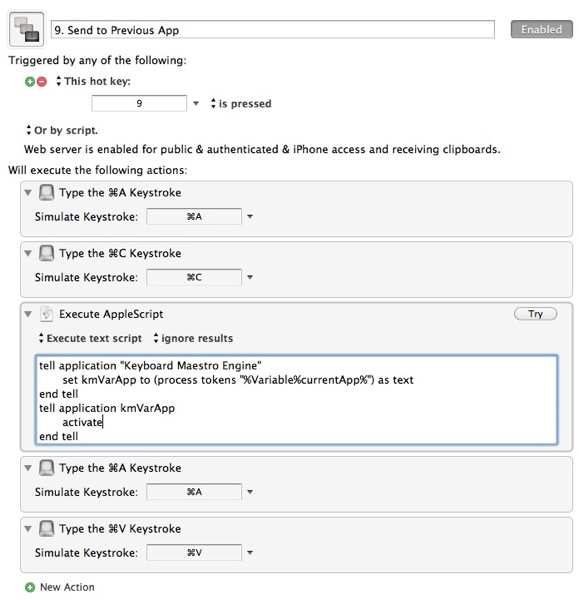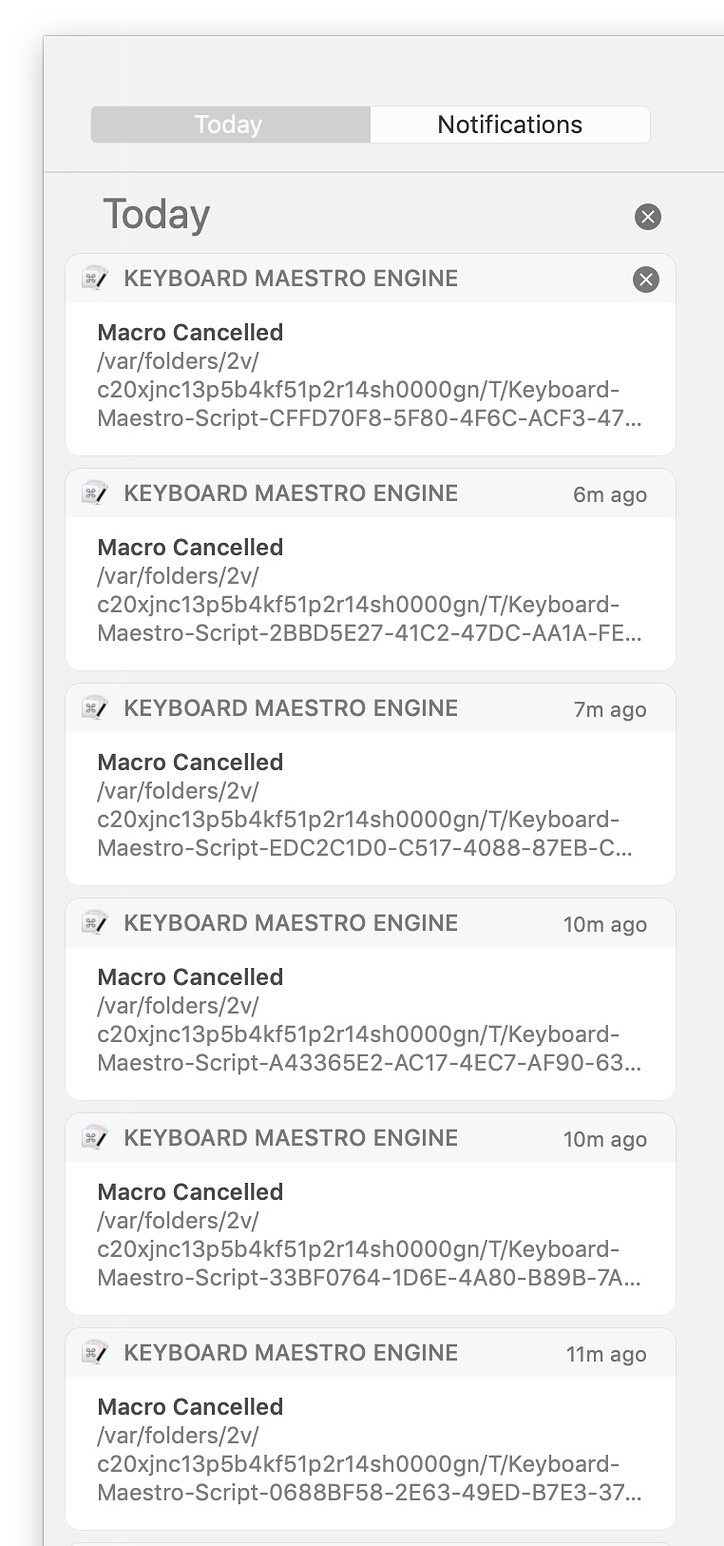

See also the Calculations and Text Tokens sections.Text Post Naming Your Keyboard Maestro Variables Set clip to process tokens "%PastClipboard%3%" You can ask Keyboard Maestro Engine to process tokens for you with: You can ask Keyboard Maestro Engine to perform a calculation for you with: Play sound alias "Harddisk:System:Library:Sounds:Glass.aiff" Keyboard Maestro Engine makes several of its facilities available to AppleScript. However, you can set the command line tool that is used to execute AppleScripts as described in Other Hidden Preferences. The osascript tool will execute in 64-bit mode if available, which may be a problem if you have old versions of AppleScript extensions installed. You can work around this by asking an application like System Events to do the user interaction for you, for example: This means they are not allowed to do user interaction. Set kmVarRef to make variable with properties ĪppleScripts are executed in the background via osascript. Shell scripts can access variables as environment variables with names like $KMVAR_Variable_Name (KMVAR_ is prefixed, and spaces are converted to underscores).ĪppleScript can read or write variables with: You can use the Delete Current Clipboard action to restore the clipboard afterwards. For example, a script can use pbpaste to read the current clipboard, and pbcopy to set the current clipboard. You can also use the clipboard to pass data between actions. This allows you to insert text that depends on many factors, such as date calculations, file listings, SQL queries, web pages, or anything else you can imagine. The results of AppleScripts and shell scripts can be displayed, or they can be typed or pasted in to the current selection, or saved into a variable. You can execute shells scripts, AppleScripts, Automator Workflows, or filter the clipboard using BBEdit Text Factories.ĪppleScripts and shell scripts give you a powerful way of adding new facilities we have not specifically provided for, as well as controlling other applications. You can ask Keyboard Maestro Engine to reload the macros with: You can start editing a Macro or Macro Group from AppleScript with:ĮditMacro "Macro/Macro Group Name or UID" This actually asks the editor to disable or enable the macro or macro group, so the change is both visible and permanent.Īlternatively you can use the Set Macro Enable action. SetMacroEnable "Macro/Macro Group Group Name or UID" with/without enable

You can disable or enable a Macro or Macro Group from AppleScript with: The easiest way to determine the appropriate XML is to create an example action in an example macro and then export the macro. A simple example would be:ĭo script "MacroActionTypeSwitchToLastApplication" This allows you to construct any action, including changing the action on the fly, without having to create a macro first. You can determine a macro’s UID by selecting it and choosing Copy UID command in the Edit menu.Īn even more powerful way to script Keyboard Maestro is to execute specific actions based on their XML code. The do script will not return until the macro is finished executing. If there is more than one macro with the same name, you will get an error, so you can use a UID instead of a name.ĭo script "D0C150C7-8A0C-4837-918A-427E2BCFB6B9" The macro must be defined and enabled, and the macro group must be enabled and currently active. Tell application "Keyboard Maestro Engine" The easiest way is to use the name, for example: Note in most cases you must ask “Keyboard Maestro Engine”, not “Keyboard Maestro”. The primary scripting interface to Keyboard Maestro is the Keyboard Maestro Engine’s do script support. Scripting Controlling Keyboard Maestro via Scripting


 0 kommentar(er)
0 kommentar(er)
